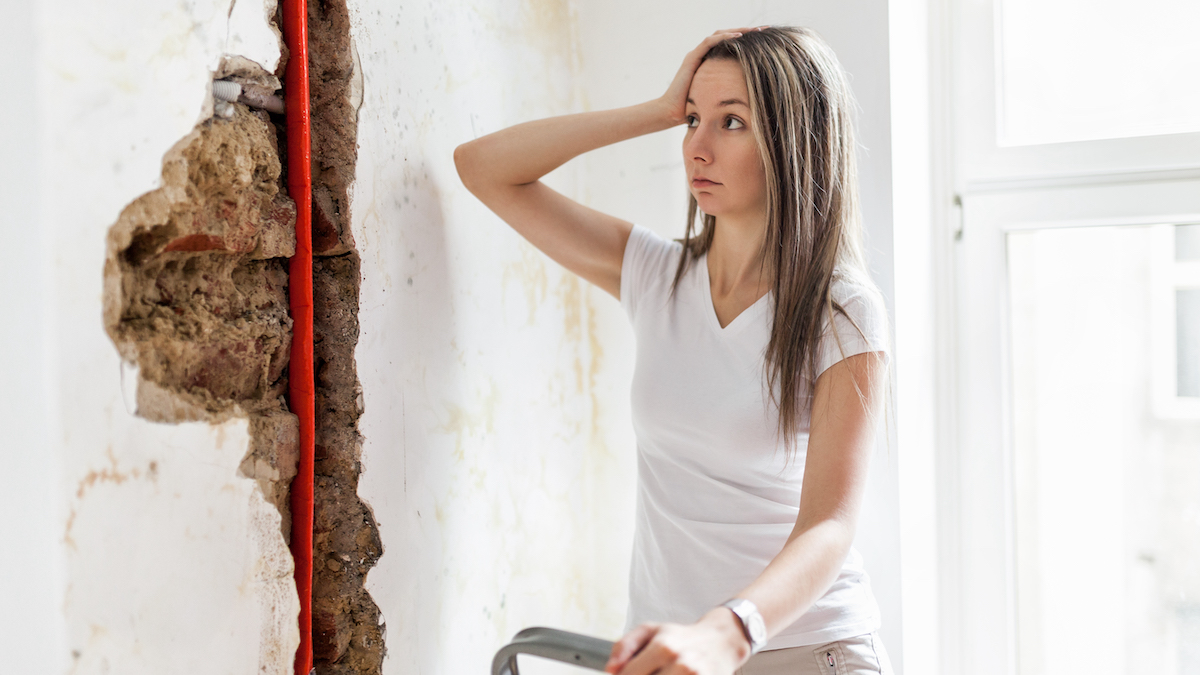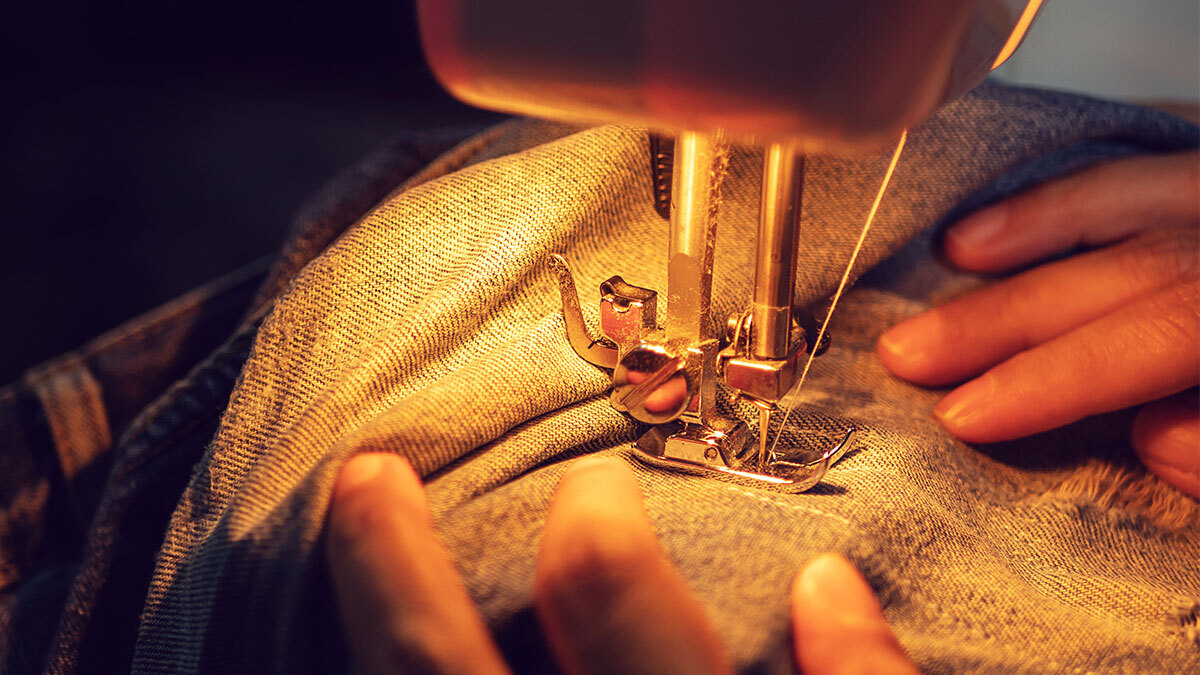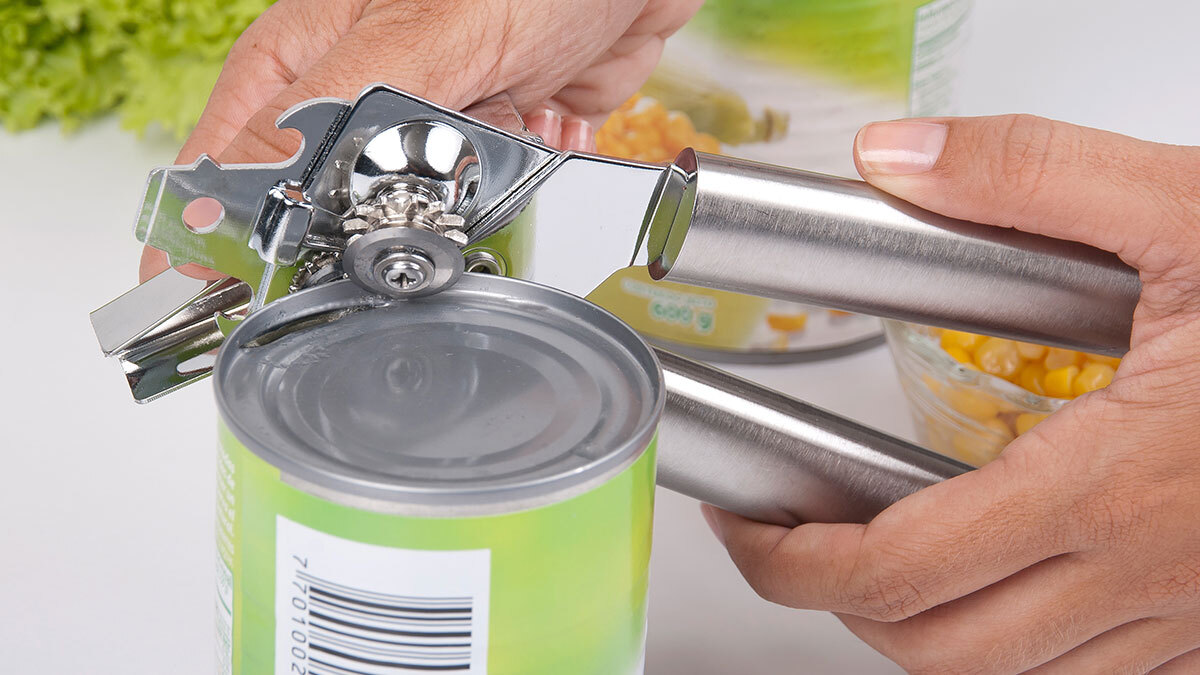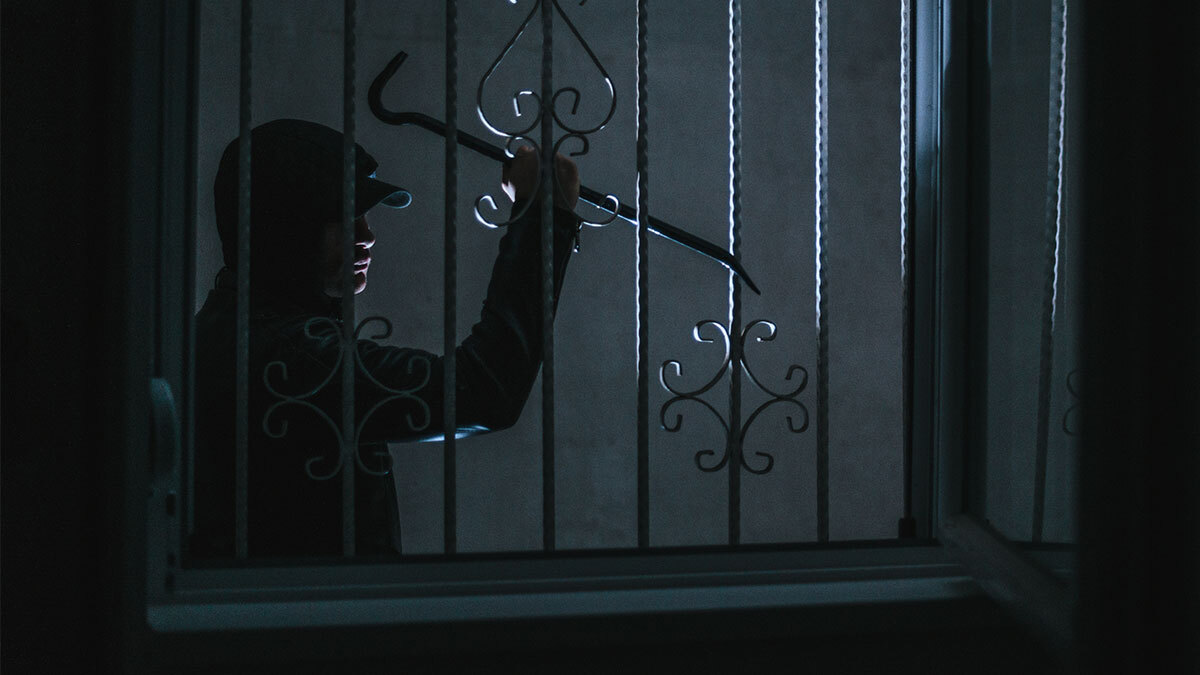on
Did you know that flooding accounts for the most weather-related fatalities in the United States and is the most common weather-related cause of property damage in the nation?
It’s true. It is also very expensive.
According to Disaster Safety, 8.3 billion dollars worth of damage is caused by flooding annually.
It is especially costly for homeowners. FEMA reports, “Just one inch of water can cause $25,000 in damages to your home.”
Part of the reason floods cause so much damage is because they can occur any time of year in any part of the world. Flooding occurs from rain, snow, storms, storm surges, as well as dams and other water systems overflowing – winter, spring, summer, and fall.
While you can’t prevent flooding from occurring, you can take steps to mitigate the damage it does to your home.
Use the following checklist to flood proof your property.
#1 Know Your Risk
Flood proofing your property begins by knowing your risk.
Use the FEMA Flood Map to look up your location to determine if you are in a floodplain.
FEMA uses Flood Maps to identify flood zones that show property owners their flood risk. Search FEMA’s Flood Map Service Center for your property.
In addition to knowing if you live in a flood zone, you also need to learn your home’s base flood elevation (BFE).
BFE refers to the height level of water expected to reach during a base flood.
When you flood proof your property, you will want to make sure utilities are 12 inches above the BFE.
#2 Evaluate Your Home’s Strengths and Weaknesses
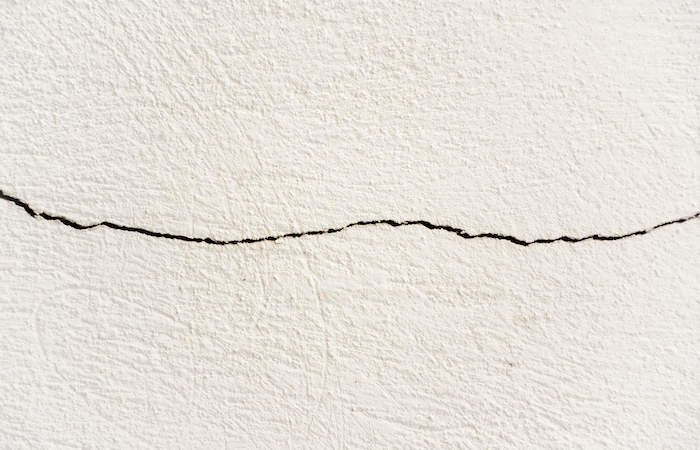
Take time to consider your home’s current strengths and weaknesses.
If your home has weaknesses, such as cracks in foundations or walls, repair these as soon as possible. Flood-resistant materials are easier to clean and sanitize after a water event than traditional building materials.
Floods will do more damage to weakened structures.
Additionally, take time to check your windows, doors, walls, and pipes for any missing caulk. If you find missing, cracked, or broken caulk, you need to fill in these gaps sooner rather than later.
[Related Read: Prepare now to protect your family and home from flooding!]
#3 Build on Higher Ground
If you are adding on to your property, such as adding a shed, choose placement carefully.
Build it on higher ground. Make sure the land slopes away from these exterior buildings.
Consider your BFE, and elevate your utilities, such as electrical panels, appliances, and heating systems.
The goal is to keep these important utilities off the ground and away from flood waters.
#4 Install Flood Vents
Flood proof your property by installing flood vents in the foundation walls, garages, and any other enclosed areas.
These flood vents allow water to flow through and drain out, which protects your property from structural damage due to flooding.
#5 Raise Electrical Outlets
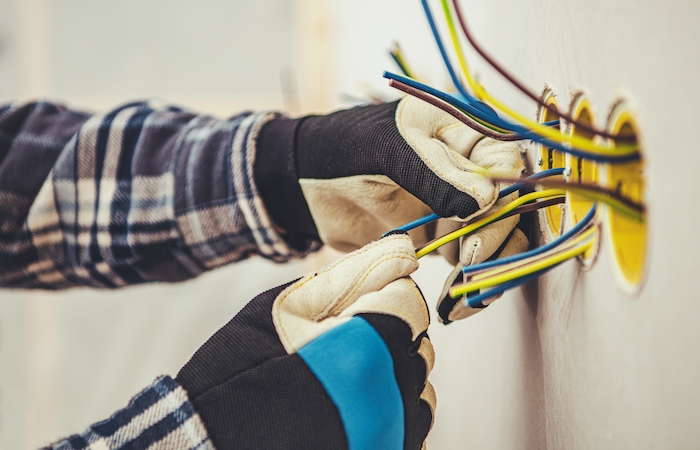
If possible, hire an electrician to raise electrical outlets, switches, circuits, and other electrical components to be at least 12 inches above BFE.
Not only will this protect your electrical system from water damage, but it will also lower the chances of flooding causing a fire.
#6 Check Valves
Install check valves to prevent flood water from backing up into the drains of your home.
It is also very important to make sure your property has an interior or exterior sewer backflow valve.
These valves prevent sewage from sewer lines from backing up through drain pipes and entering the home.
#7 Install Automatic Sump Pump
If you already have a sump pump, make sure you check it regularly to verify it is performing as it should.
If you don’t have a sump pump, consider installing one.
Essentially, when the water table increases, the sump pump should activate and move water away from the home.
It is also wise to install a battery-operated backup pump in case you lose power.
#8 Maintain Roof
If your home experiences flooding due to a roof leak, it will only be covered by your homeowners’ insurance if your roof has been maintained.
Flood insurance typically covers damage that occurs when water comes from the ground up.
Homeowners’ insurance typically covers roof leaks. However, it will not be covered if the insurance company believes that the leak occurred because you did not properly maintain your roof.
#9 Clear Gutters & Divert Downspouts
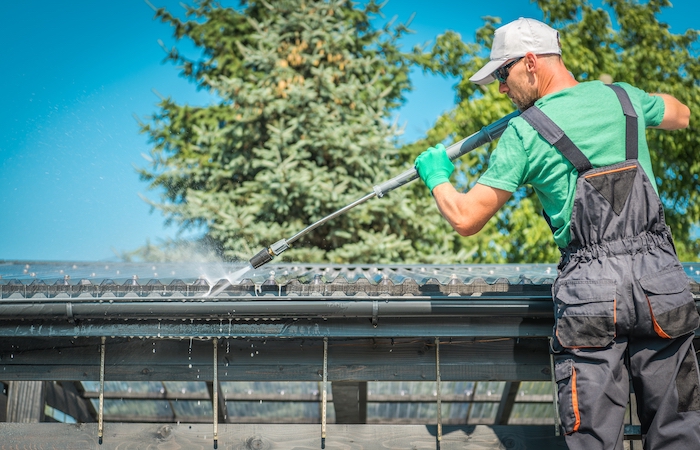
The entire purpose of gutters is to protect your home from rain and water damage.
However, if you don’t clear your gutters of debris, such as leaves, regularly, your gutters cannot do their job.
Clogged rain gutters do the opposite – they send water down your exterior walls, potentially seeping into the interior walls.
Speaking of gutters, use downspouts to move water even further away from your property’s walls and foundations. You can easily extend the downspouts by attaching a plastic corrugated 6-inch hose to the end.
#10 Anchor Objects
Another way to flood proof your property is to anchor fuel tanks. If you don’t anchor fuel tanks, they can be swept away during a flood and do further damage to your home. In addition, the contents may leak, which is dangerous for a variety of reasons, including explosions.
Along with fuel tanks, you should anchor any other outdoor objects, such as furniture, that can potentially be carried by flood waters and damage property.
#11 Replace Carpet
Consider replacing carpet with tile or flood-resistant flooring that will not be as affected by water damage. This is especially important for areas in the home most at risk for flooding, such as basements and bathrooms.
#12 Set Up a Water Alarm
Purchase a water alarm, also known as a water leak sensor. This small device can be placed on the floor where flooding may occur, such as in a basement. The alarm has a sensor that detects water and sounds an alarm or sends a phone notification.
#13 Waterproof Important Documents
Important documents should be protected, such as birth certificates, passports, or deeds. Invest in a waterproof box to store and safeguard physical copies of these important documents.
Keep digital password-protected copies of these documents, as well. It is also wise to keep this waterproof box on the upper level of your home.
#14 Purchase Flood Insurance
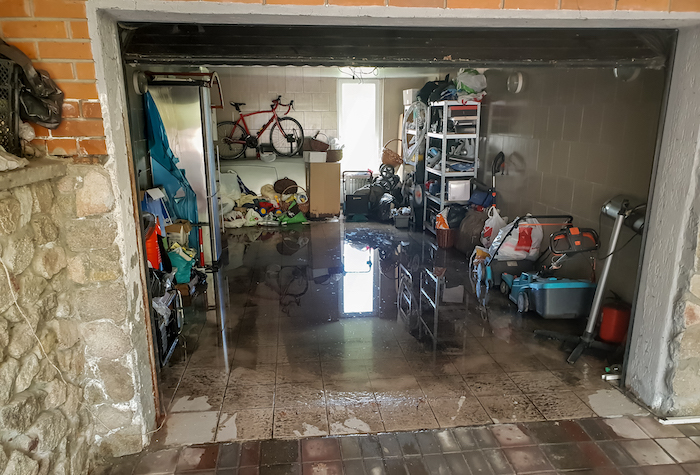
Homeowners’ insurance generally does not cover flooding. It is wise to purchase additional flood insurance, whether you live in a flood zone or not.
#15 Invest in Flood Supplies
Stock up on flood supplies, such as sandbags, tarps, and shop vacs.
While these items will help you protect your property from flooding, you should also consider the supplies needed to protect your family.
Stock up on emergency food, flashlights, first aid supplies, and communication tools.
See Also: Prepare for Flooding
Get access to premium content and more!
The Secret History of Johnny Appleseed



